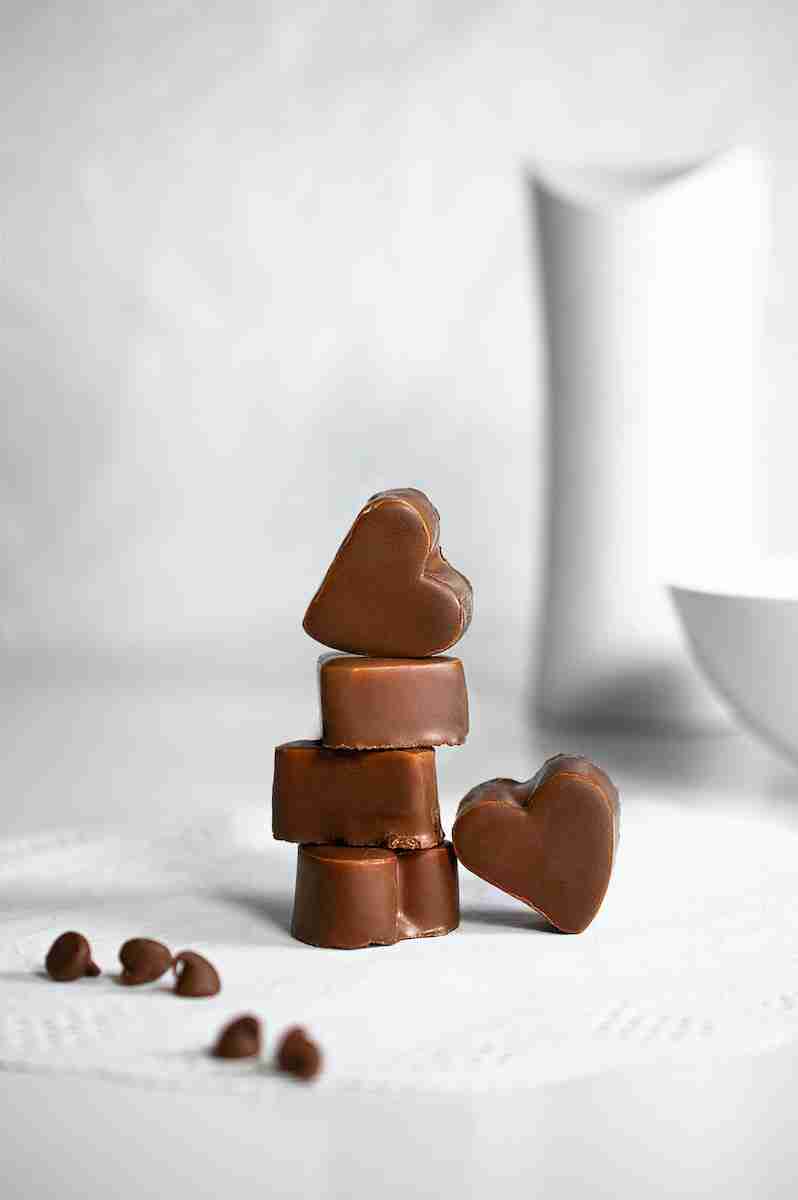26 Fun Facts About Chocolate | Beyond the Wrapper
1. Comes from the cacao tree, native to Central and South America.
The cacao tree, scientifically known as Theobroma cacao, thrives in tropical climates.
Its seeds, or beans, are the primary ingredient in chocolate making. Cacao has been cultivated for at least three millennia in these regions.
2. Valued so highly by the Aztecs that they used it as currency.
Cacao beans were a form of money in Aztec society.
They would trade these beans for goods and services. This practice highlights the historical importance and value of chocolate.
3. Introduced to Europe by the Spanish in the 16th century.
Spanish explorers brought chocolate back to Europe from the New World.
Initially, it was a luxury item only the wealthy could afford. Over time, it became more widely available and popular across Europe.
4. The first solid chocolate bar was made by Fry and Sons in England in 1847.
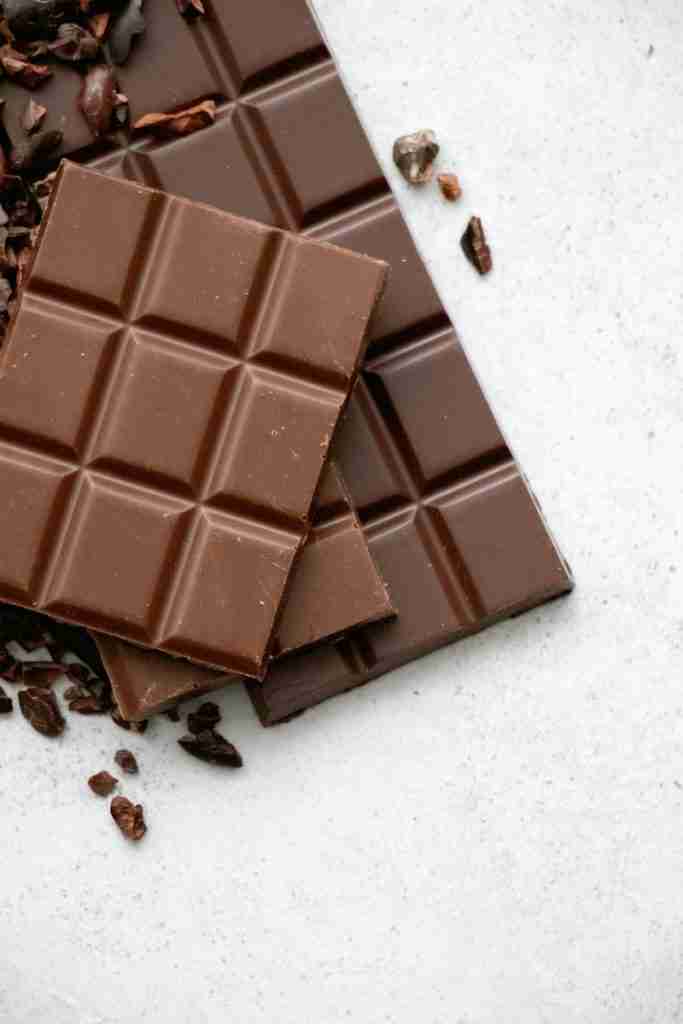
Fry and Sons combined cocoa butter, sugar, and chocolate liquor to create the bar.
This innovation marked a significant development in the history of chocolate. It paved the way for the modern chocolate bars we enjoy today.
5. Contains phenylethylamine, stimulating the same reaction as falling in love.
Phenylethylamine is a natural compound also found in the human brain.
It’s often called the “love drug” because it induces feelings similar to romantic passion. This might explain why chocolate is often associated with romance and Valentine’s Day.
6. Switzerland consumes the most per capita of any country in the world.
The Swiss are known for their love of chocolate, averaging about 8.8 kilograms per person per year.
Switzerland is also renowned for its high-quality chocolate production. Swiss chocolate is often considered a benchmark for luxury and quality in the chocolate world.
7. White chocolate isn’t technically chocolate as it contains no cocoa solids.
Made from cocoa butter, sugar, and milk solids, white chocolate lacks the traditional chocolate flavor.
Yet, it holds a significant place in the confectionery world due to its creamy texture and sweet taste.
8. “Cacao” refers to the tree and its beans before processing, while “cocoa” is used after processing.
The term ‘cacao’ is often used in the context of raw and unprocessed products.
‘Cocoa’ typically refers to processed products such as cocoa powder or cocoa butter. This distinction is important in the chocolate industry and among connoisseurs.
9. Properly stored chocolate can last for years, which is one of the fun facts about Chocolate.
Chocolate should be kept in a cool, dry place away from direct sunlight to prevent blooming.
This change doesn’t affect the safety of the chocolate but can alter its texture and appearance.
10. Melts just below human body temperature, hence melts in your mouth.
The melting point of chocolate is between 86°F (30°C) and 90°F (32°C).
This is due to the properties of cocoa butter, one of its key ingredients, making it particularly pleasing to eat.
11. Cocoa butter can be used as a moisturizer and has healing properties for the skin.
Extracted from the cacao bean, cocoa butter is a natural, edible fat.
Renowned for its hydrating and nourishing properties when used in skin care products, it’s also a common ingredient in lip balms, lotions, and other cosmetics.
12. In “Willy Wonka & the Chocolate Factory,” the river was made with real chocolate, water, and cream.
The river in the iconic movie set was a mixture designed to look like flowing chocolate.
It became a major feature in the fictional Wonka Chocolate Factory and a memorable part of pop culture associated with chocolate.
13. The U.S. celebrates National Chocolate Day on October 28th.
This day is dedicated to celebrating all things chocolate.
People enjoy various chocolate treats and learn about its history and production. The day is a testament to how deeply chocolate is ingrained in American culture.
14. The largest chocolate bar ever made weighed 5,792 kg (12,770 lbs).
Created in the UK by Thorntons plc in September 2011, this record-breaking chocolate bar was made to celebrate the company’s 100th anniversary.
Such feats showcase the universal love and fascination with chocolate.
15. Cocoa powder was invented in 1828 by Coenraad Van Houten in the Netherlands.
Van Houten’s process made chocolate more accessible and affordable.
He developed a hydraulic press that could efficiently extract fat from cacao beans, resulting in a fine, dry powder that could be mixed with liquids and other ingredients.
16. A single cacao pod contains about 20 to 50 cacao beans.
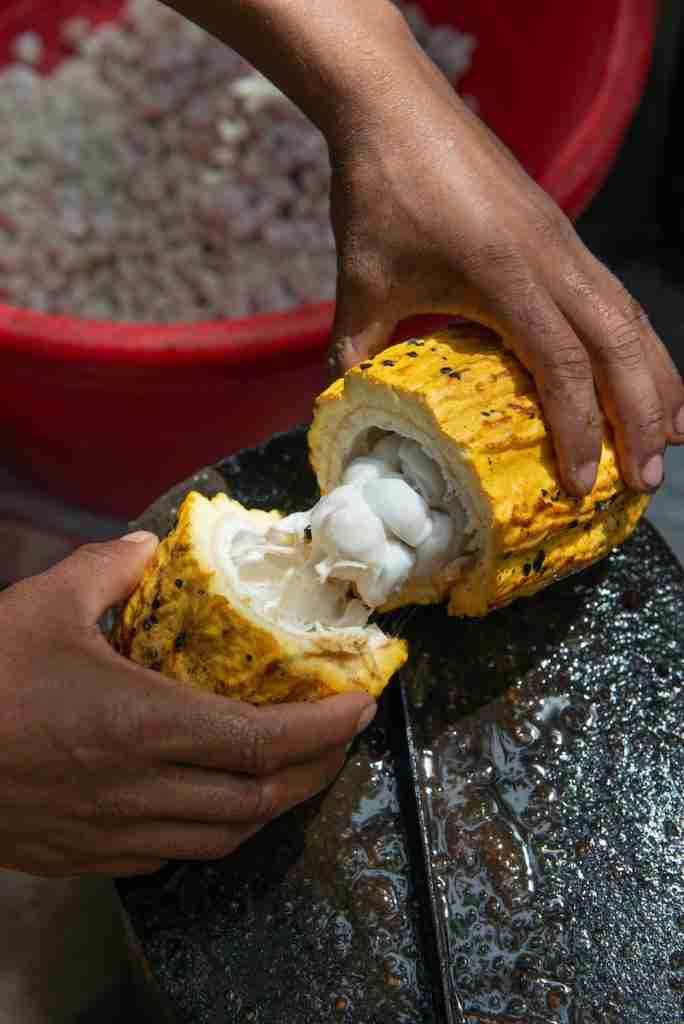
Cacao pods are the fruit of the cacao tree, with a rough, leathery exterior.
They are typically yellow to orange in color when ripe, and the beans inside are surrounded by a sweet, pulpy coating.
17. Used as a medicine in early history, believed to cure stomach diseases.
In ancient times, chocolate was often considered a remedy for various ailments, including stomach and intestinal complaints.
Its medicinal use was recorded by early European explorers who encountered indigenous peoples in the Americas.
18. Three main varieties of cacao beans: Criollo, Forastero, and Trinitario.
Criollo beans are rare and considered the finest with a complex flavor profile.
Forastero beans are more common and have a stronger, more bitter taste. Trinitario is a hybrid of the two, offering a balance of flavor and hardiness.
19. Used in spa treatments for its antioxidant properties and soothing effect on the skin.
Chocolate is increasingly used in spa treatments due to its antioxidant properties and the soothing effect it has on the skin.
These treatments range from facials to body wraps, offering a luxurious and indulgent experience that capitalizes on the natural benefits of chocolate.
20. Chocolate coins were used as a marketing tool in the early 20th century.
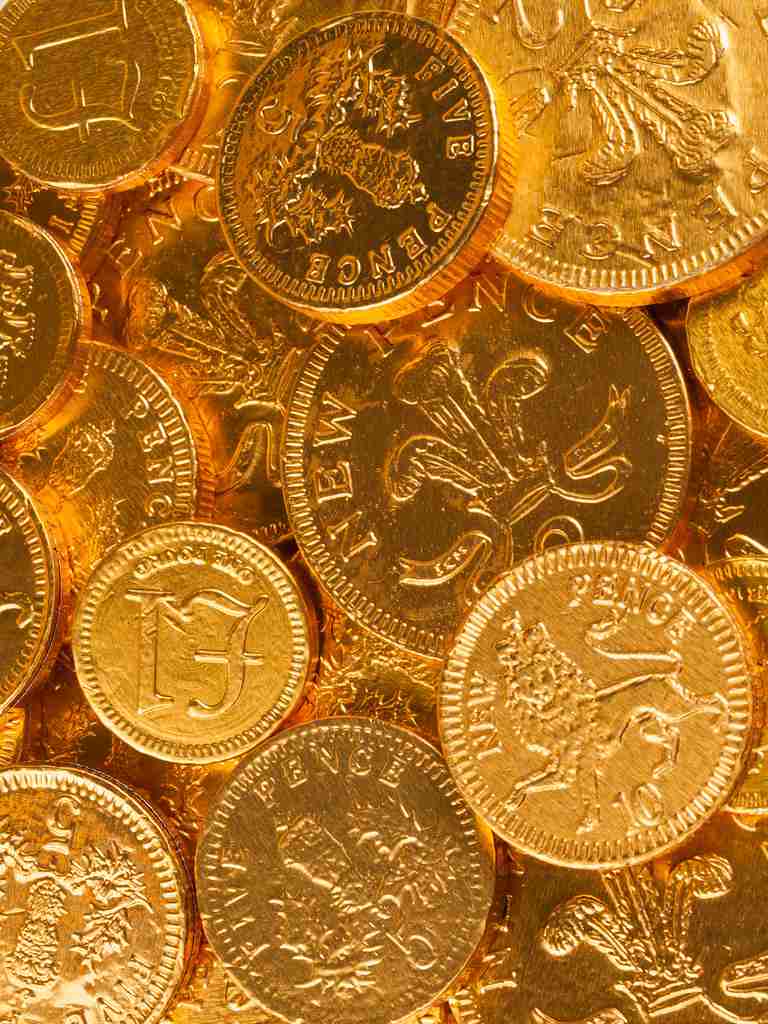
Made of chocolate and wrapped in gold or silver foil, these coins were used for advertising or as festive treats.
They remain popular treats, especially for children, during various celebrations.
21. “Chocolate diamonds” describe brown diamonds in certain jewelry.
This term was coined to make these less traditionally valued diamonds more appealing.
Featured in various jewelry pieces, chocolate diamonds have gained popularity for their unique color and beauty.
22. A study found a correlation between chocolate consumption and the number of Nobel laureates a country produces.
The study suggested that chocolate intake could potentially enhance cognitive function.
However, it’s important to note that correlation does not imply causation, making this idea intriguing yet not definitive.
23. What is Ferrero Rocher chocolate?
Ferrero Rocher is a popular chocolate confection created by the Italian brand Ferrero.
It consists of a whole hazelnut encased in a thin wafer shell filled with hazelnut chocolate, and coated in milk chocolate and chopped hazelnuts. Known for its distinctive gold packaging, Ferrero Rocher is a well-loved treat worldwide.
24. Dark chocolate is loaded with antioxidants, more than most fruits.
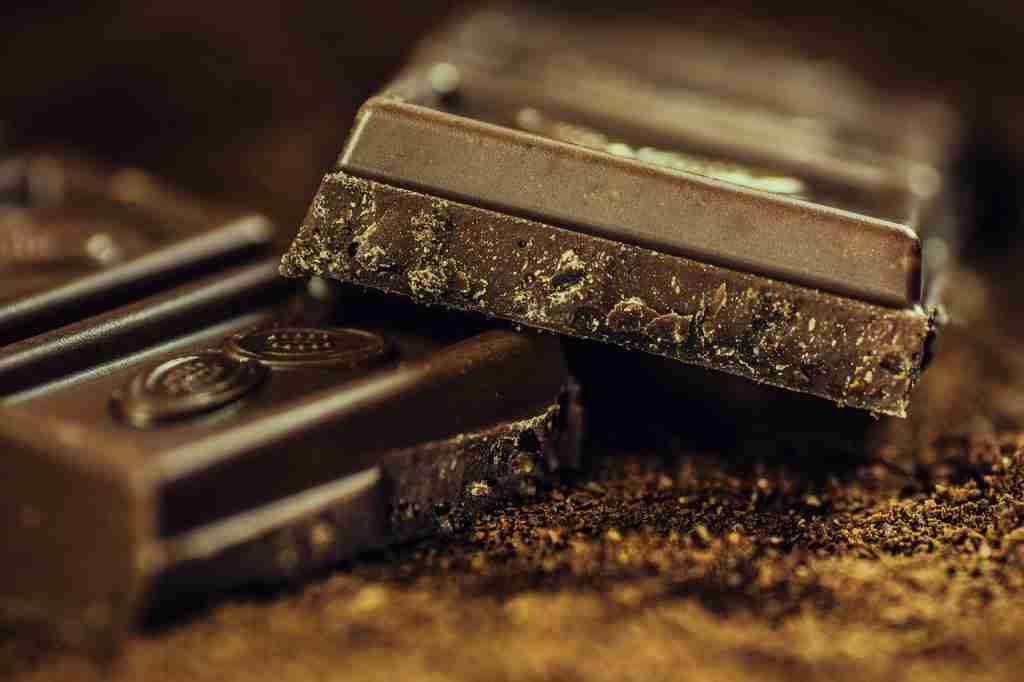
Antioxidants in dark chocolate can help reduce oxidative stress in the body.
Studies suggest that dark chocolate can improve heart health and lower blood pressure. It’s recommended to choose chocolate with a high percentage of cocoa for maximum benefits.
25. Many countries host chocolate festivals showcasing products.
These festivals celebrate chocolate’s rich history and cultural significance.
Artisans, chefs, and manufacturers gather to display their chocolate creations. They are a paradise for chocolate lovers, offering tastings, workshops, and exhibitions.
26. Used by artists to create edible sculptures.
Chocolate sculpting is an art form where chocolate is molded and carved into everything from life-sized figures to intricate miniature designs.
The versatility and pliability of chocolate make it an excellent medium for artistic expression.
FAQs
A chocolate bar is a solid, typically rectangular confection made from cocoa solids, sugar, and often milk solids. It comes in various flavors and may contain additional ingredients like nuts or fruits, providing a delicious and convenient way to enjoy chocolate.
Ingredients: 2 cups all-purpose flour, 1¾ cups granulated sugar, ¾ cup unsweetened cocoa powder, 1½ tsp baking powder, 1½ tsp baking soda, 1 tsp salt, 2 large eggs, 1 cup whole milk, ½ cup vegetable oil, 2 tsp vanilla extract. Instructions: Mix dry ingredients, add wet ingredients, and bake at 350°F (175°C) for 30-35 mins. Enjoy your homemade chocolate cake!
Chocolate milk is not only a delicious treat but also provides essential nutrients like calcium and protein. It’s a popular beverage among both children and adults and is often consumed as a post-exercise recovery drink.
National Chocolate Cake Day is a celebration dedicated to the indulgence of chocolate cake. Observed on January 27th each year, it’s a day for enthusiasts to enjoy and appreciate the rich, decadent goodness of this beloved dessert.
While dark chocolate in moderation can offer health benefits, excessive consumption of chocolate with high sugar and fat content may contribute to health issues such as weight gain and dental problems. It’s essential to enjoy chocolate in moderation as part of a balanced diet.

